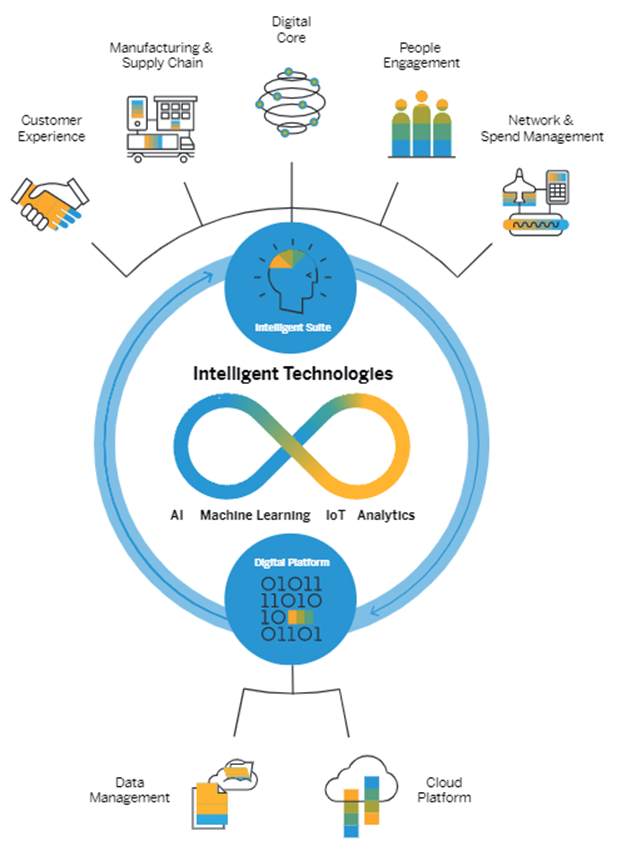
Managing complex supply chains with automation and innovation
- operations
- discrete manufacturing
- SAP
- artificial intelligence & RPA
If asked “what do you feel is the biggest threat to manufacturing organisations in 2022?”, you might suggest any of the following:
- Pressures to reshore
- Russia’s invasion of Ukraine
- The COVID-19 pandemic
- Brexit
- The increased need for product customisations
- More pressure than ever to get to market faster than the competition
- The overall logistics challenge of global supply chains
The world has drastically changed for discrete manufacturing, and only now are many organisations realising that they haven’t driven sufficient innovation into their supply chains and are therefore struggling to respond to these challenges.
